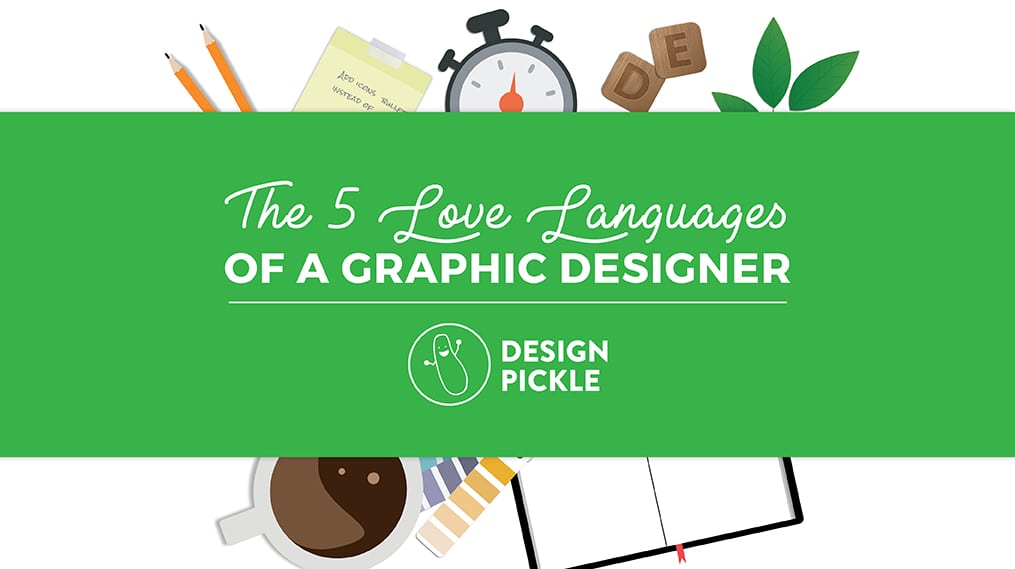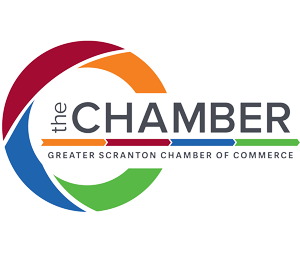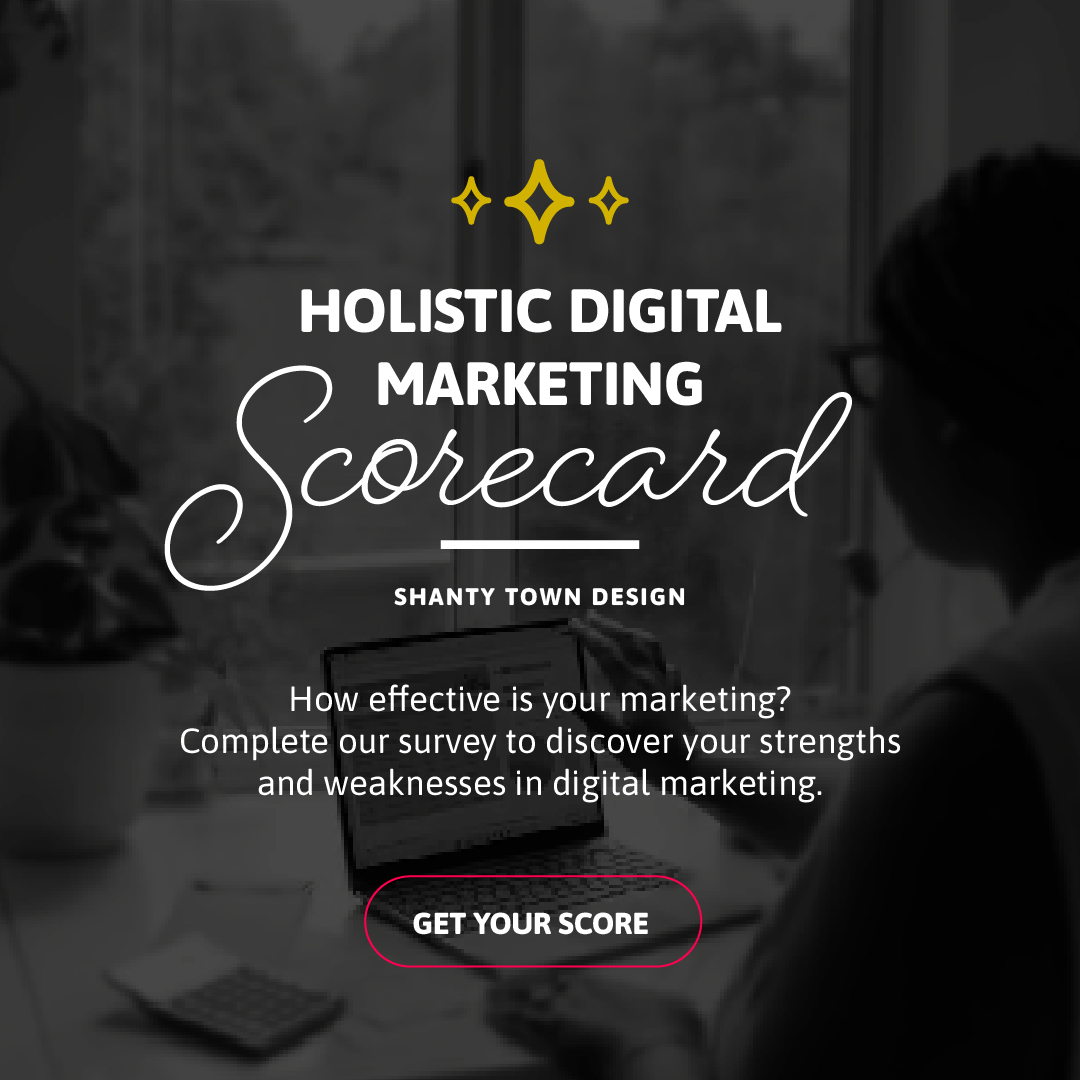This bit of information from Design Pickle was just way too good NOT to share! We’ve slightly skimmed down their article, but the gist stays the same. We want to help you understand how to communicate with your Graphic Designer to ensure your project goes so so smoothly! 🙂
Communication is the holy grail of any relationship. The success of any relationship, be it a relationship with your parents, significant other, children or graphic designer, depend on communication.
Great communicators move visual mountains. They can turn the greenest designer into a Picasso.
Poor communicators implode into a urry of four lettered critiques, swearing off the graphic design community like it’s the next Zika conspiracy.
I know a thing (or twenty) about getting what I want out of a graphic designer, and my entire approach is focused on one simple concept: being the best communicator possible.
If communication is not your forte, do not fret.
These communication skills are simple to understand, easy to implement, and vastly effective. Used even half of the time, these skills will elevate the success of the relationship with your designer; the more successful your relationship, the happier you’ll be with the design results.
Speak a designer’s love language and bask in your incredible results.
Ignore their love language and prepare for a painful road ahead.
Love Language #1: Quality Vision
The success or failure of your project is wholly dependent on your ability to know what you want. Too often clients expect their designers to be mind readers (literally).
Graphic designers aren’t mind readers. #FACT You are the driver. You must set the course.
Graphic design without a vision or a purpose is called ART. If you are looking for art, there is nothing wrong with allowing the designer to take full control and set the vision for you. Just be willing to accept the final result!
If you need relevant creative work to impact your business, enter the design relationship as clear as possible with the vision of what you want to create.
How do you create a vision? Great question. Anytime I am working with a designer I answer key questions in my initial brief or conversation.
Target Audience
Who will see and experience this creative work?
Style & Branding
What is the visual brand the designer should follow? Provide samples!
Project Specifications
Provide sizes, dimensions, and a narrative with how the designs will reused to avoid time spent later on editing or re-sizing graphics.
No one – in any relationship – can succeed unless both parties keep the end goal in mind from the beginning.
So how do you stay on the same creative page as your graphic designer throughout the entire project?
Love Language #2: Acts of Examples
Creativity is subjective.
When I say the word “awesome”, I think of a skateboarding 80’s dragon, while you might conjure up a Fig Newton. The same word (or words) can have very different meanings to different people. I’ve seen endless clients get into a frustrating place with their designer because they struggle in communicating their ideas.
Don’t stress. Communication challenges happen to the best of us. There is, however, a massive shortcut you can use for any creative project. A shortcut your designer will swoon over:
Share visual examples. Cut out the words!
You have much better things to do during the day than type out an essay to explain your project idea. To help your designer get a better picture of what is in your brain, SHOW them; don’t tell them!
Provide examples of what you like AND what you don’t like.
Humans are visual beings. When presented with a visual graphic, we can immediately respond with “YES! Rad!” or “NO! Terrible!” Your designer is no different.
Sharing visual examples to a graphic designer is like feeding steak to a carnivore; they are genetically engineered to ravenously consume and love your meaty content.
When you SHOW your designer what you want, you undoubtedly save hours, days, even WEEKS on your project in revisions.
Love Language #3: The Gift of Feedback
Designers live and die on quality feedback.
The biggest mistake you could EVER make with a designer is not sharing your honest, and constructive thoughts on your project together.
Remember, your designer is giving their best effort to create something you like that satisfies the project brief. If they have created something you’re not a fan of, relax!
Creativity is a PROCESS.
You may need to go through several rounds of designs to dial in the vision of the project with your designer. The more feedback and details you can provide at each step of the process, the sooner you will get to the final product.
Imagine hiring somebody to cook for you, but not giving any feedback on how things are going. The chef would never know that you don’t like onions, or that you prefer chocolate over vanilla, or even that you think his stew is a little salty. It would be a frustrating nightmare. The same goes for teaching, parenting, even running a business; as soon as you assert your opinions, the receiving party can adjust accordingly.
When you receive your designs, the best way to approach feedback is to let your designer know these very specifics:
1. What part of the design do you like? Let the designer know where the focus should be.
2. Point out any material errors or omission. Designers are often in a rush to get the first draft complete and may overlook a detail in your brief.
3. Give an honest and detailed critique of their visual approach. What specifically needs to change? What needs to stay? What needs to be slightly revised?
4. Give examples of what you are looking for in the next round of revisions. Try using a different source of visual inspiration examples if the look of the first creative round was not what you had envisioned.
Even if you LOVE the work, and no edits are needed, let your designer know! Positive feedback is just as valuable and improves your relationship for any future projects.
And speaking of improving future relationships…
Love Language #4: Words of Copy
Most designers expect your written content (aka copy) to be ready for design.
Now, in my decade + of experience working with designers, I can assure you that no matter where your designer lives, how experienced they are, or how long you’ve worked together, designers will make a mistake with the copy and content of a project.
Here are tips to minimize errors and maximize accuracy in the creation of your design:
1. Start right away. Ensure your copy is delivered as soon as possible in the design process. I recommend – and use – Grammarly to self-proof everything I write.
2. Make it easy. Deliver your content in a standalone document, like a Google Doc. Isolating copy in a word processing document ensures you’ll get one more pass at the spelling and grammar check. This also allows the designer to copy and paste, minimizing retyping errors.
3. Label the elements. Where appropriate, verbally call out what is a header, body copy, subheader, etc. I’ll even align, bold, underline and resize my content to mimic the preferred layout.
If those things mean nothing to you, do not fret! Just do your best to describe where you want the copy and content for your project, and give detailed feedback on the first round of revisions of what you like and what needs to change.
4. Check and re-check. Always, always, always proof your designs. For critical projects, I’ll have a few other people read through the final design proofs to ensure we catch every mistake.
Despite taking the best precautions to avoid errors, you sometimes get caught up in the project and mistakes happen. I once printed thousands of t-shirts with the word ‘Philippines’ misspelled. This design was seen by me, my marketing director, several people on our Philippine-based design team, AND the t-shirt printer. No one caught the mistake, so we had a huge error to fix quickly before our first trade show.
Had I ran the copy and content through a basic spell check (which we didn’t), this problem would have been avoided.
Always, always, always spellcheck.
Love Language #5: Trust the Process
The final love language – and perhaps hardest to fully grasp – is to trust in the creative process to deliver on your request.
Graphic design is no different than constructing a house. We know what we are looking for in a house, yet very few of us understand the level of detail and skill that’s required to build a house from scratch. Building a house is not an immediate process. Even prefabricated houses take significant time to complete. When we begin the building process, we trust our builder and the teams we’ve assembled.
Things might not be perfect, but we learn along the way.
We are exposed to great design every day, from the iPhone to Target stores. Our world is flooded with billion-dollar brands reflecting the highest of design sensibilities.
This experience gives some folks an unrealistic idea of how the design process works. I see a lot of clients get very anxious when their initial designs aren’t perfect; some even call it quits when their very first design ever is not 100% perfect.
I can assure you if you follow the love languages I’ve outlined, the last step towards a healthy and fruitful relationship with your designer is allowing them to get to work.
Remember…
- Start with a clear, quality vision,
- Provide visual examples,
- Give detailed positive and negative feedback,
- Ensure your copy and content is correct, and – most importantly –
5. Trust in the design process to deliver.










